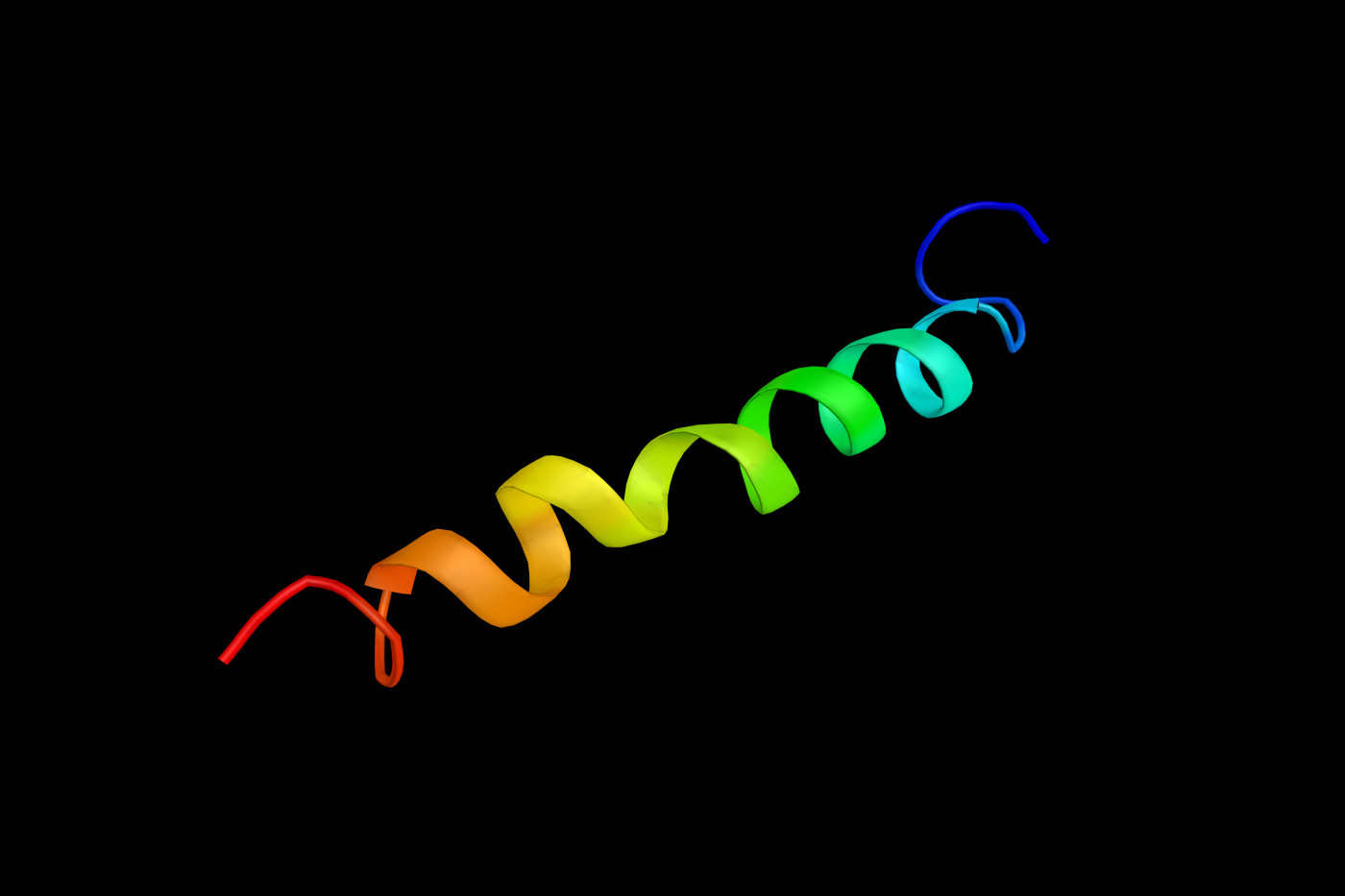New Data on Structure, Function of SARM1 Protein May Aid Design of ALS Therapies

Disarm Therapeutics has announced the publication of two studies that further researchers’ understanding of the structure and function of SARM1, a key protein in cellular degeneration. The new data may aid in the design of therapies for multiple diseases, including amyotrophic lateral sclerosis (ALS).
The findings were published in two studies, titled “NAD+ cleavage activity by animal and plant TIR domains in cell death pathways” and “TIR domains of plant immune receptors are NAD+-cleaving enzymes that promote cell death.” Both were published in the journal Science.
The loss of axons — projections in neurons that transmit information between nerves, muscles, and glands — occurs in many neurodegenerative diseases, including ALS. Previous research has identified the SARM1 protein as critical in axon degeneration. SARM1 acts to degrade, or break down a metabolite known as NAD+. That results in metabolic failure in neurons, leading to axon degermation.
Inhibiting SARM1 activity has been shown to decrease the loss of axons in multiple animal models. Thus, SARM1 is a key therapeutic target in diseases such as amyotrophic lateral sclerosis.
Discuss the latest research in the ALS News Today forums!
In the first paper, on NAD+ cleavage activity, researchers used a technique known as x-ray crystallography — which uses x-rays to determine the three-dimensional structure of molecules — to study the composition of SARM1. The team, led by Bostjan Kobe, PhD, of The University of Queensland, in Australia, specifically focused on two important domains of the protein, known as the sterile alpha motif (SAM) and the toll/interleukin-1 receptor (TIR). They determined that eight SAM domains come together, which is essential for the enzymatic activity of SARM1 (which is mediated by the TIR domains), and thus its role in axon degeneration.
Determining the detailed structures of such proteins allows the use of computational programs to design therapies — a process known as structure-based drug design.
The researchers further found that the substrate binding site in the TIR domains was conserved in a plant protein — known as nucleotide-binding leucine-rich repeat (NLR) immune receptors — that also mediates cell death. This highlights the importance of NAD+ cleavage by TIR domains in cell death signalling pathways.
“SARM1 is a potentially transformative drug target with broad therapeutic applications for patients, and Dr. Kobe’s research provides critical insights into the structure of SARM1 and the mechanism by which it mediates axonal degeneration,” Alvin Shih, MD, CEO of Disarm Therapeutics, said in a press release.
“This work enables Disarm’s efforts to develop drugs for neurological diseases with substantial unmet medical need,” Shih added.
In the second paper, researchers determined that the TIR domain is key in an evolutionary conserved family of proteins that cuts the NAD+, or nicotinamide adenine dinucleotide. Further, they showed that this is required for innate immune signalling and cell death in plants. The activity of the TIR domain in plants also requires specific regions of the protein that are conserved in SARM1. According to the researchers, led by Disarm’s scientific co-founders, Jeff Milbrandt and Aaron DiAntonio, this data further shows the importance of the NAD+ cleavage pathway in cellular degeneration in different species.
“This important recent publication by Dr. Milbrandt and Dr. DiAntonio reinforces the critical NADase function of TIR domains in driving cellular degeneration across species,” said Rajesh Devraj, PhD, chief scientific officer and co-founder of Disarm Therapeutics.
“We look forward to continuing our partnership with Jeff and Aaron as we develop SARM1-targeted treatments for severe neurological diseases,” Devraj added.






